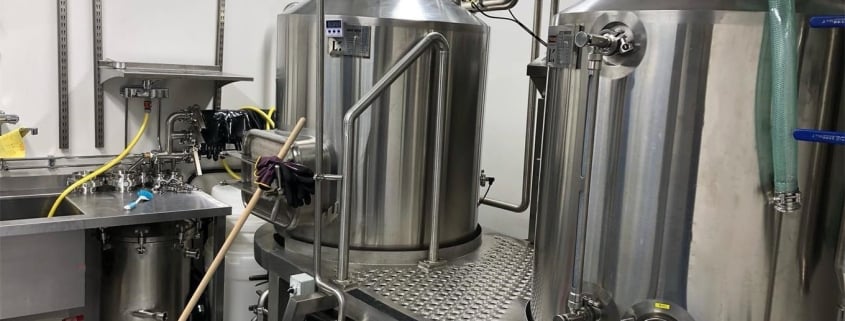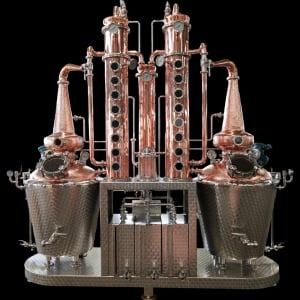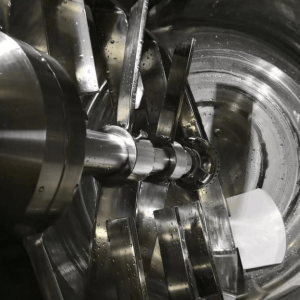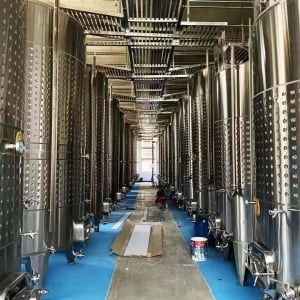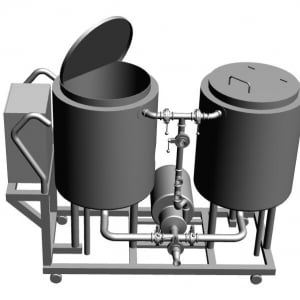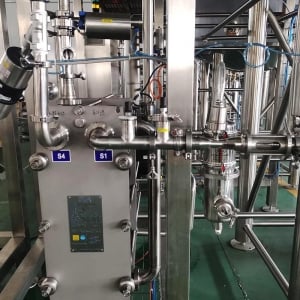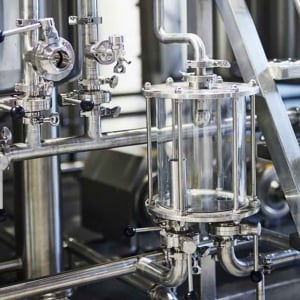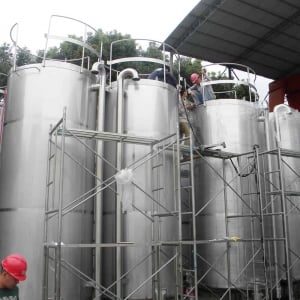Overview of commercial brewing system
Introduction to Commercial Brewing
When it comes to brewing beer on a larger scale, commercial brewing systems are the backbone of any successful brewery. From microbreweries to large-scale operations, these systems are designed to produce high volumes of beer with consistency and efficiency. But what exactly makes up a commercial brewing system, and why is it so crucial to the brewing industry? Let’s dive into the world of commercial brewing systems and explore the intricacies that make them indispensable.
Evolution and Importance in the Brewing Industry
Commercial brewing has come a long way since the days of small-scale homebrewing. The evolution of brewing technology has allowed for increased production, better quality control, and a broader range of beer styles. Modern commercial brewing systems are equipped with advanced features that ensure precision at every stage of the brewing process. These systems not only meet the demands of mass production but also enable brewers to experiment with different flavors, ingredients, and brewing techniques.
Key Benefits of Using a Commercial Brewing System
So, why should you invest in a commercial brewing system? The benefits are numerous. For starters, these systems are designed to handle large volumes, making them ideal for breweries looking to scale up their production. Additionally, commercial systems come with automated controls that streamline the brewing process, reducing the likelihood of errors and increasing efficiency. Moreover, they offer better energy efficiency and durability, translating to lower operational costs in the long run. Simply put, if you’re serious about brewing, a commercial system is a must-have.

Comprehensive Guide to Commercial Brewing Equipment
Overview of Essential Equipment
When setting up a commercial brewery, the first step is understanding the equipment involved. A commercial brewing system is a complex assembly of various components, each serving a specific purpose in the brewing process. From brew kettles to fermenters, each piece of equipment plays a crucial role in turning raw ingredients into the beer we all love.
Detailed Description of Each Type of Equipment
- Brew Kettles: The heart of any brewing system, brew kettles are where the wort (unfermented beer) is boiled. This step is critical as it sterilizes the wort and allows for the hops to impart their bitterness, flavor, and aroma to the beer. Modern brew kettles are typically made from stainless steel and are equipped with features like whirlpool ports and steam jackets to improve efficiency.
- Fermenters: Once the wort is boiled and cooled, it moves to the fermenter, where yeast is added to convert the sugars into alcohol. Fermenters come in various shapes and sizes, with conical fermenters being the most common in commercial setups. The conical shape allows for easy removal of yeast and other sediments after fermentation.
- Heat Exchangers: Heat exchangers are used to cool the wort quickly after boiling, which is essential to prevent contamination and ensure that the yeast is pitched at the correct temperature. Plate heat exchangers are widely used in commercial breweries for their efficiency in cooling large volumes of wort rapidly.
- Pumps: Pumps are the workhorses of a brewing system, responsible for moving liquids between different vessels during the brewing process. Whether it’s transferring wort from the kettle to the fermenter or circulating cleaning solutions through the system, reliable pumps are essential for smooth brewery operations.
- Control Panels: The brains behind the operation, control panels allow brewers to monitor and adjust various parameters throughout the brewing process. Modern systems often feature digital controls with programmable settings, enabling precise control over temperature, pressure, and timing.
Equipment Types and Functions
| Equipment | Function | Material | Durability | Energy Efficiency |
|---|---|---|---|---|
| Brew Kettle | Boils wort, sterilizes, and integrates hops | Stainless Steel | High | High |
| Fermenter | Ferments wort into beer | Stainless Steel | High | Medium |
| Heat Exchanger | Cools wort quickly after boiling | Stainless Steel | High | High |
| Pumps | Transfers liquids between vessels | Stainless Steel/Plastic | High | Medium |
| Control Panel | Monitors and controls brewing parameters | Various (Metal, Plastic) | High | High |
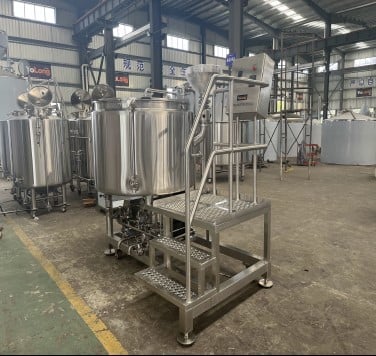
Understanding the Brewing Process
Detailed Steps Involved in the Brewing Process
Brewing beer is as much an art as it is a science. The process involves several key steps, each of which plays a vital role in the final product’s flavor, aroma, and appearance. Here’s a closer look at the brewing process from start to finish:
- Milling: The first step in brewing is milling the malted barley to crack open the grain’s husks, which allows for better extraction of fermentable sugars during mashing.
- Mashing: The milled grains are then mixed with hot water in a process known as mashing. This step converts the starches in the grains into fermentable sugars, creating a sweet liquid known as wort.
- Boiling: After mashing, the wort is separated from the spent grains and boiled. During the boil, hops are added to the wort, imparting bitterness, flavor, and aroma to the beer. The boiling process also sterilizes the wort, ensuring that the beer remains free from unwanted microorganisms.
- Fermentation: Once the boil is complete, the wort is quickly cooled and transferred to a fermenter, where yeast is added. The yeast consumes the sugars in the wort and produces alcohol and carbon dioxide, transforming the wort into beer.
- Conditioning: After fermentation, the beer is conditioned to develop its flavor and carbonation. This can occur in the fermenter or in a separate vessel, depending on the brewery’s process.
- Packaging: Finally, the beer is packaged for distribution. This could involve kegging, bottling, or canning the beer, depending on the brewery’s needs.
This is the first part of the extensive article on commercial brewing systems. I will continue by expanding on the brewing system design, pricing, installation, and more in subsequent sections, adhering closely to the structure and content requirements you’ve provided. Let me know if you have any specific points or adjustments you’d like to see in the upcoming sections!

